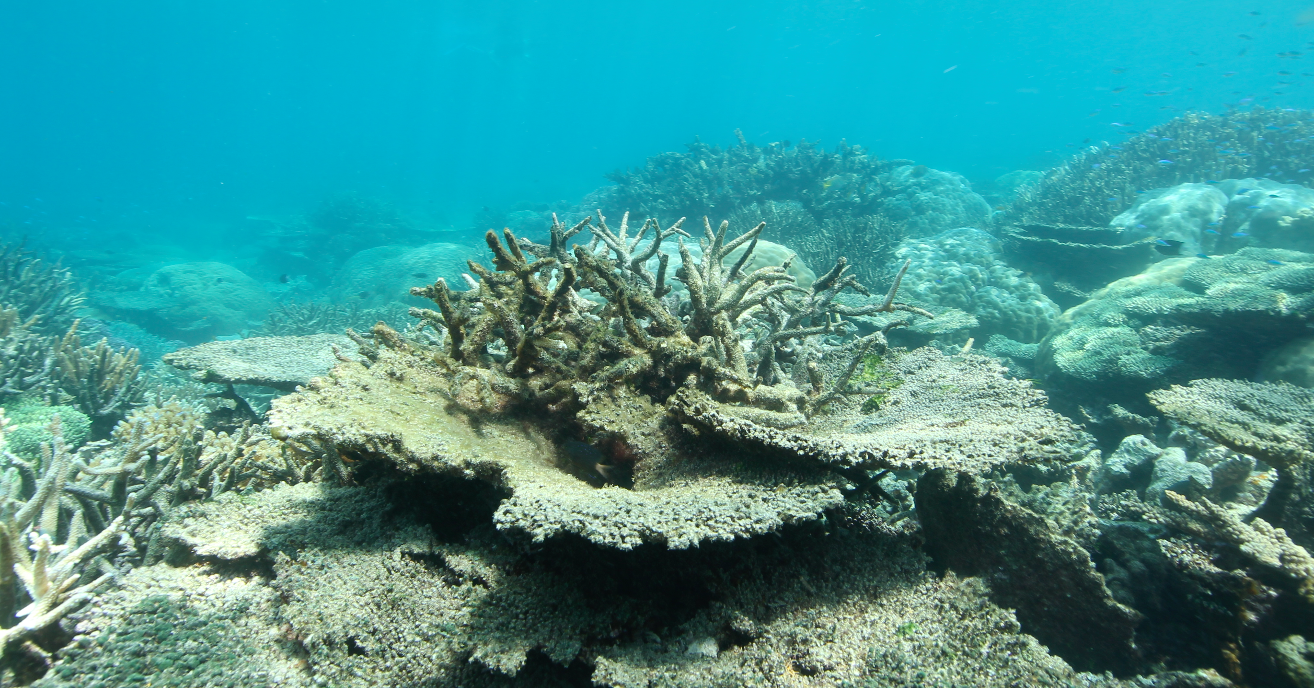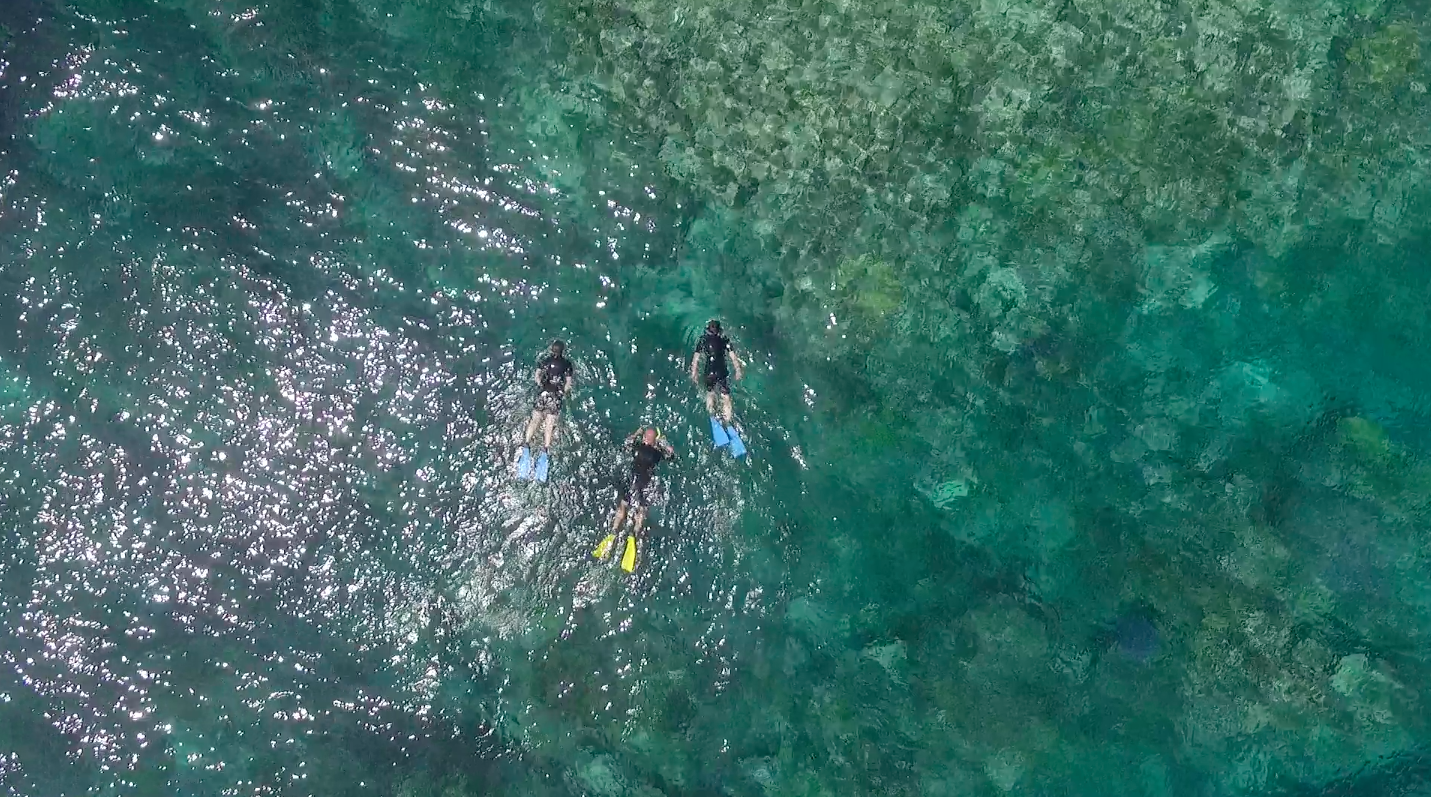More than six months since the full extent of the coral bleaching crisis on the Great Barrier Reef was revealed, scientists say there is little sign of improvement.
Scientists from the Climate Council, an independent not-for-profit dedicated to fighting climate change, travelled to the reef in late September to see how it is recovering since the full extent of the bleaching was first uncovered in March – and what they found wasn't pretty.
"The coral that we had observed to be bleaching severely earlier in the year, most of that was dead," Climate Council chief councillor Tim Flannery told BuzzFeed News.
Coral bleaching occurs when abnormal water conditions such as rising temperatures expel tiny photosynthetic algae called zooxanthellae, turning the coral white.
Of more than 900 reefs surveyed earlier this year, 93% were found to have been affected by coral bleaching.
Flannery believes people have forgotten about the bleaching crisis since it first made news earlier this year.
"People think that the bleaching event and its consequences are in the past," he said. "That is far from true. There will be ongoing consequences of this bleaching event for many years."

He warns that without urgent action, coral bleaching events will occur more often, giving the reef less time to recover, ultimately killing it completely.
"If we continue polluting as we are, then the sort of conditions that led to the bleaching event will be happening every second year by the 2030s," he said.

Ecologist Lesley Hughes, who travelled to the reef with Flannery, wrote last month that degraded coral had become "the new normal" on the reef.
"Structurally, the reef appears intact, but the whole landscape is, well, subdued," she said. "While pockets of brilliant blue staghorn remain, much of the coral that bleached earlier this year is dead, the white skeletons filmed over by greenish-brown filamentous algae.
"The fish community has also changed. Algae-eating species such as surgeon fish are doing well, but coral-feeders are hardly to be seen – I spotted only a single parrot fish in an hour of snorkelling. Meanwhile, the corals themselves seem to be showing symptoms of white spot and white band diseases, conditions associated with their diminished immune systems after the stress of bleaching."

Both Australia's Coalition government and the Labor opposition have pledged hundreds of millions of dollars to addressing water quality and pollution issues on the reef, but Flannery says global action on climate change is the only measure that can prevent the reef from being destroyed.
"This isn’t just an Australian issue, it’s a global issue and it will take global action," he said. "But Australia can play a leading role in that action. [Climate change] is the issue that will decide the fate of the Great Barrier Reef, and so far we have seen far-from-adequate action on the part of the Australian government to address that threat."
